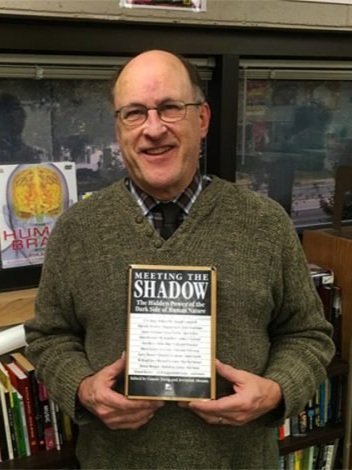Ashes, Ashes, We All Fall Down
By Bill Bornschein | March 28, 2011
The Christian observance of the season of Lent, the period of spiritual preparation leading up to Easter Sunday, is inaugurated by the sacramental known as Ash Wednesday. In the Catholic form of the ritual, ashes produced from the palms of the previous year’s Palm Sunday service are placed on the forehead of the believer. The priest or lay distributor says “Remember Man that you are dust and unto dust you shall return.” The ashes remain on the forehead for the remainder of the day as an outward sign of the need for repentance in one’s life.
This ritual has seemed to exert a strong and unique hold on the psyches of adherents. I was surprised to hear a priest express exasperation at the fact that Ash Wednesday sometimes outdraws Easter in attendance. Ernest Becker helps explain the appeal. In The Denial of Death, Becker explains how Kierkegaard stands in the Augustinian-Lutheran tradition wherein, “Education for man means facing up to his natural impotence and death.” Becker goes on to say, “It is only if you ‘taste’ death with the lips of your living body that you can know emotionally that you are a creature that will die.” The power of the ritual stems from the fact that it effectively touches both the existential and public spheres of our life. On the one hand it is completely individual and concrete. Ash fragments tumble into eyelashes causing you to blink. As an individual you decide whether to leave the ashes on all day (as is the religious expectation) thereby letting one’s religious freak flag fly, or, enter the anonymity of secular culture by washing them off. On the other hand it is a public affair often involving hundreds of people and you are ‘Man’ not Dan or Neil or Erika. Your personal identity, even as it is emphasized, is transcended by your animal condition. We taste death simultaneously on two levels. This deep insight,which is terrifying at its core, takes place in the comforting culture armor of religion. The hope of Easter resurrection sits on the horizon. And yet, for that moment, “Remember Man…….”
For several reasons, Ash Wednesday occupies a good place in my own life. As a kid, the weirdness of it was attractive. It had a darkness about it, like something from a Neil Gaiman novel tumbling into Anytown U.S.A. In retrospect it seems likely that the ritual prepared the way for a later interest in Becker’s work. I got it before I ever understood it. As an adult, a house fire added to the truth to which Ash Wednesday points. About 10 years ago we lost the second floor of our house to fire. Thankfully everyone got out okay but we lost a lot. The initial pain of pitching things soon took on a liberating feel. The trauma of loss gave way to a sense of freedom from stuff. This ‘giving up’ or sacrifice is the key component to Lenten preparation. My daughter took it a step further, using charcoal from her burned bedroom for art projects and keeping a baggy of ashes from the fire for her own annual idiosyncratic Ash Wednesday ceremony, ‘tasting death with lips of her own living body’.

